Solid State Drives (SSDs) offer significant speed and efficiency benefits over traditional HDDs, but their lifespan relies heavily on how you use and maintain them. Windows 11 users have several built-in and manual methods available to optimize SSD longevity and maintain performance. Implementing these measures reduces unnecessary wear and prevents premature drive failure.
Enable TRIM Command on Windows 11
Step 1: The TRIM command is crucial for SSD longevity. It lets the operating system inform your SSD about unused data blocks, allowing the drive to manage storage efficiently and reduce unnecessary write cycles. To check if TRIM is active, open the Command Prompt as an administrator by right-clicking the Start button and selecting "Terminal (Admin)".
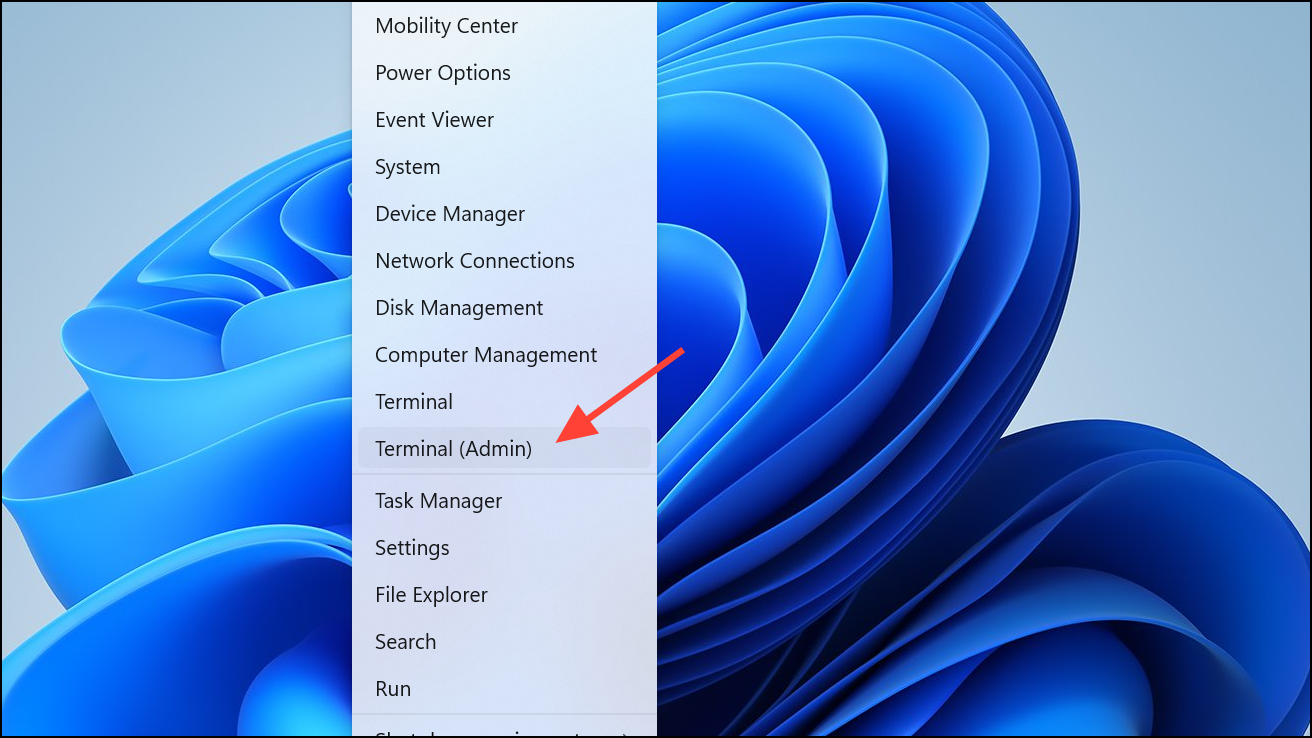
Step 2: Type fsutil behavior query DisableDeleteNotify and press Enter. If the result shows DisableDeleteNotify = 0, TRIM is enabled. If not, activate TRIM by entering fsutil behavior set DisableDeleteNotify 0.
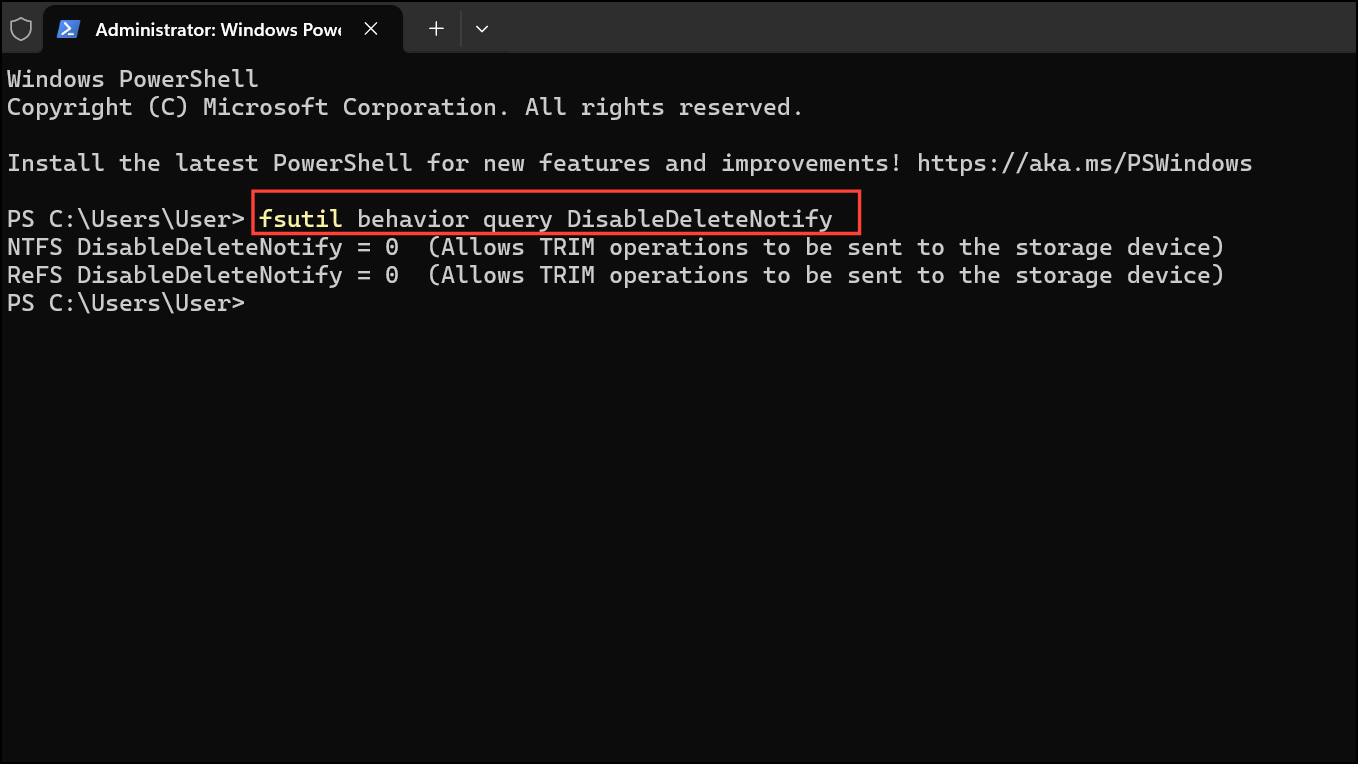
Avoid Filling Your SSD to Maximum Capacity
SSDs need free space for optimal performance, especially to execute wear-leveling effectively. Aim to keep at least 10-20% of your SSD's total capacity free. Regularly remove unnecessary files, uninstall unused programs, or transfer large files to an external drive or cloud storage. Windows 11's built-in Storage Sense feature can automate this process.
Step 1: To enable the feature, navigate to "Settings" and click "System".
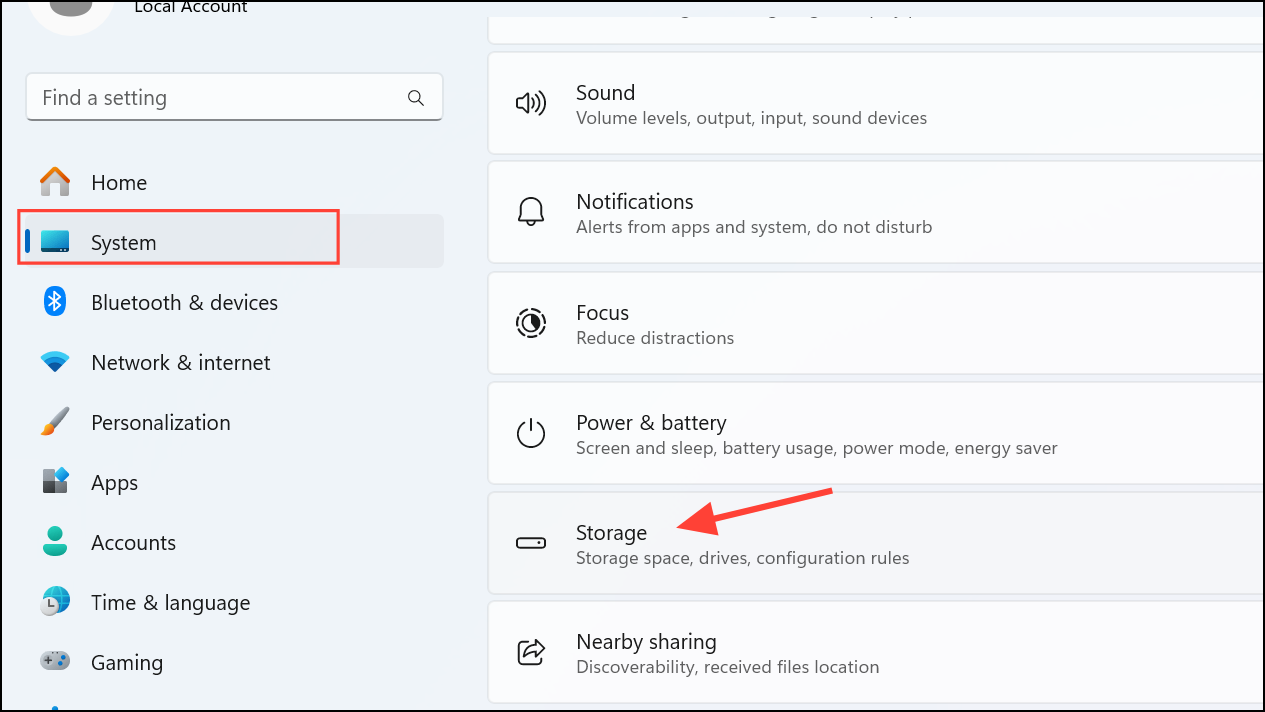
Step 2: On the Storage page, scroll down and click the "Storage Sense" toggle to turn it on.
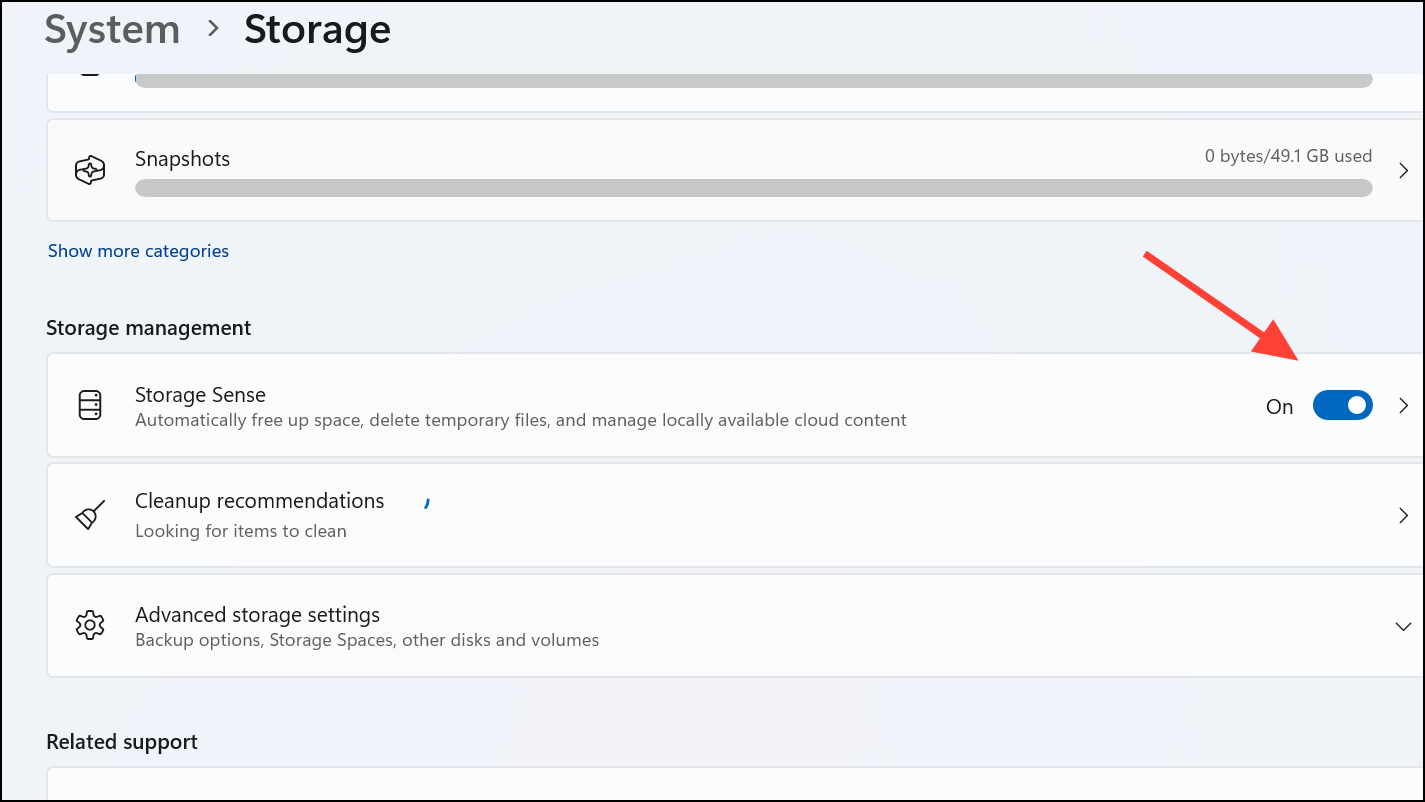
Disable Hibernation Mode
Although Windows 11's hibernation feature saves your current session to disk allowing quick resume, it frequently writes large files to your SSD. This repeated action shortens your SSD's lifespan. To disable hibernation, open Terminal (Admin) again and type the command powercfg.exe /hibernate off, then press Enter. Disabling hibernation also frees up disk space by removing the large hibernation file (hiberfil.sys).
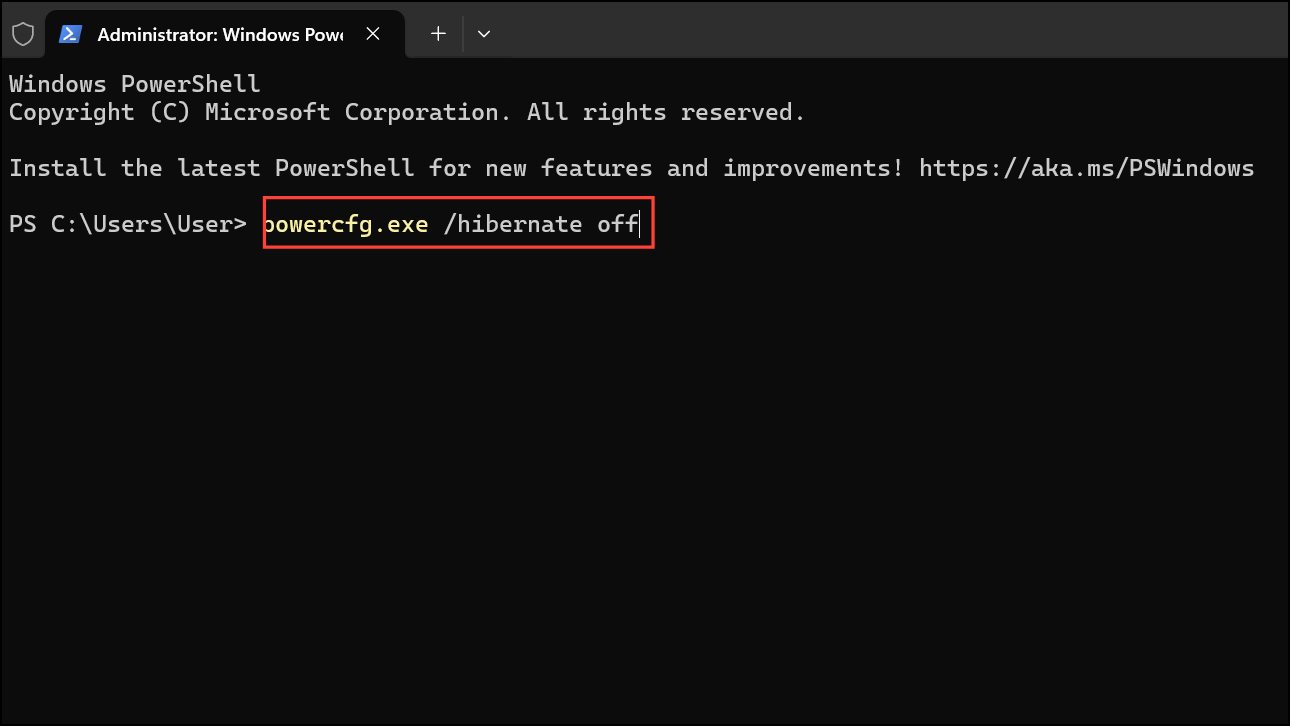
Disable or Limit Paging File Usage
Windows uses a paging file as virtual memory when physical RAM is insufficient. Constant paging file usage can significantly increase SSD write cycles.
Step 1: To disable or limit paging file usage on your SSD, right-click the Start button, select "System", then "Advanced system settings".
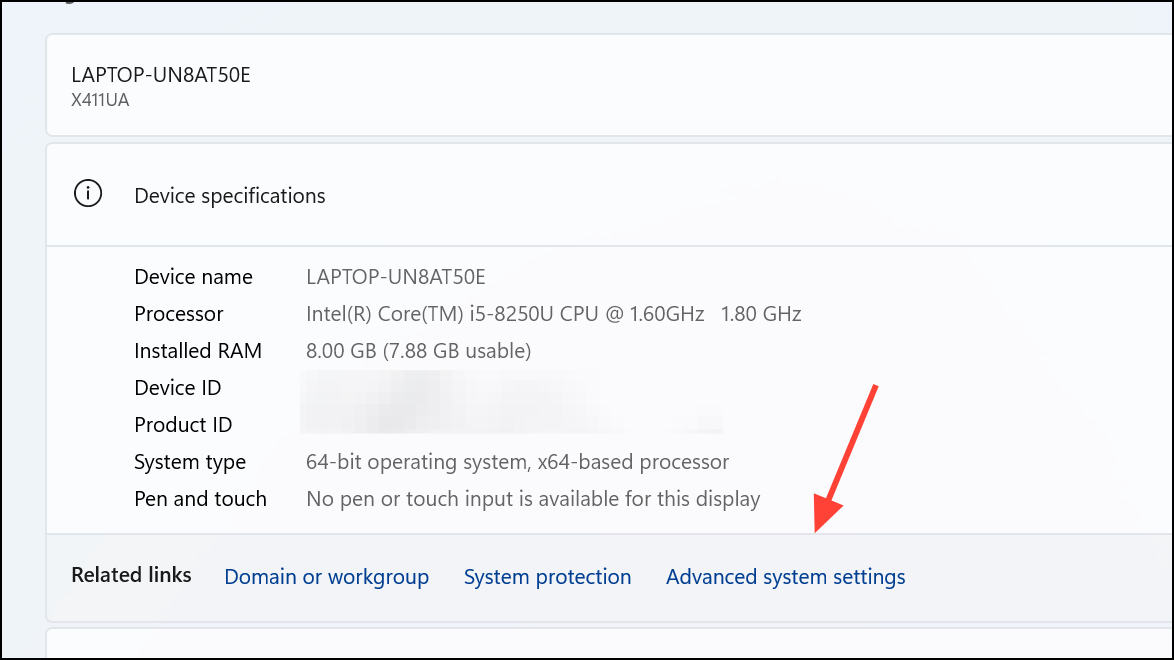
Step 2: Under the "Advanced" tab, click "Settings" in the Performance section.
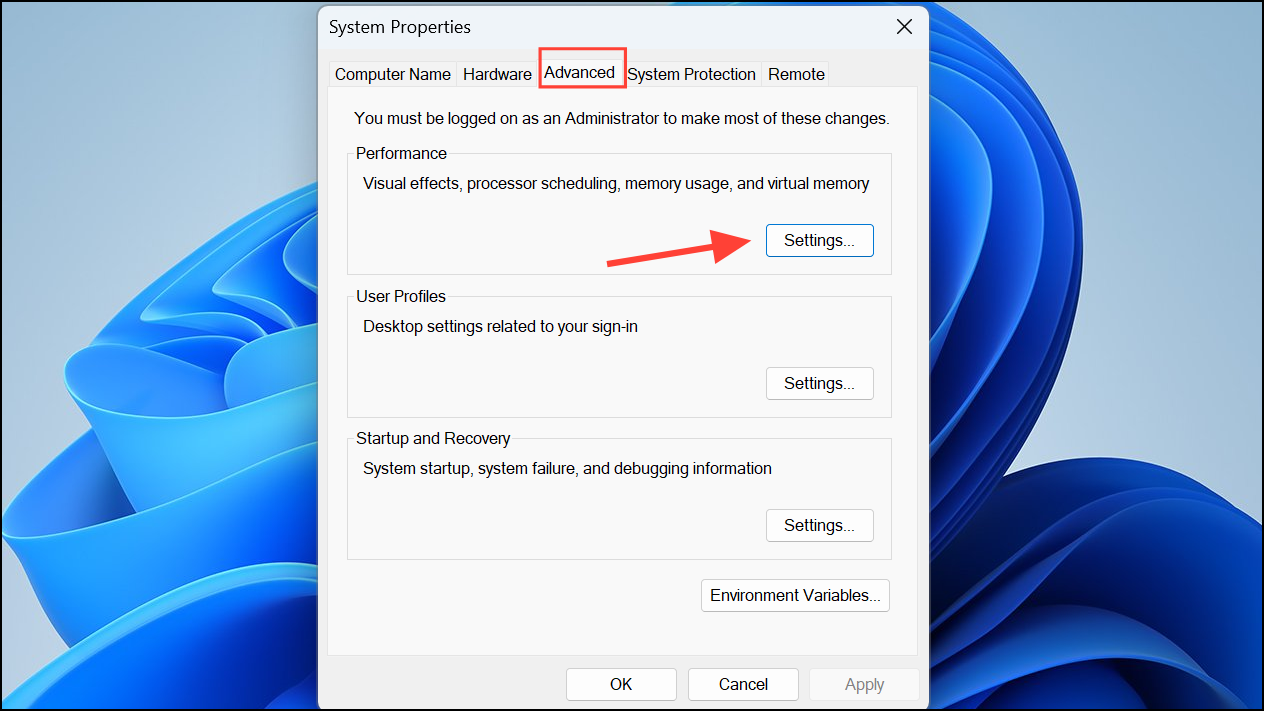
Step 3: Then choose the "Advanced" tab again and click "Change" under Virtual memory.
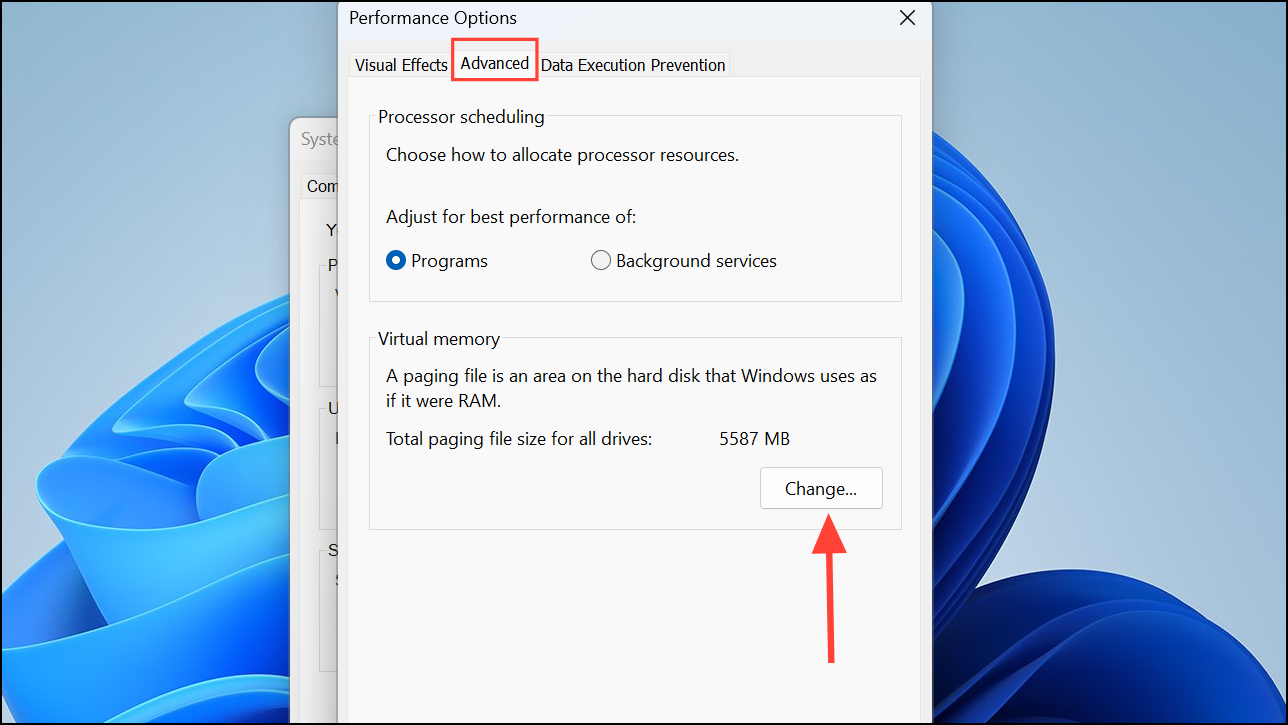
Step 4: Uncheck "Automatically manage paging file size for all drives", select your SSD drive, and choose "No paging file" or set a custom, minimal size.
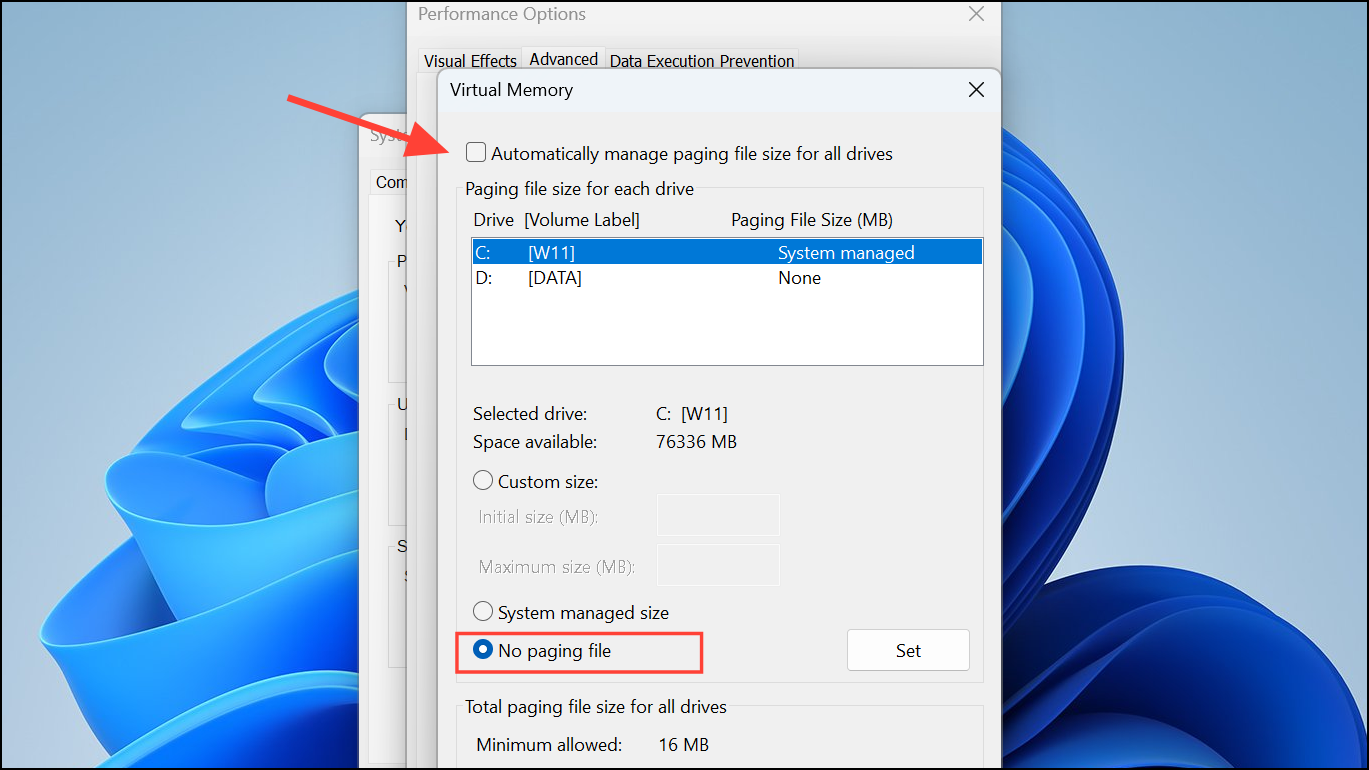
Step 5: Ideally, if you have an additional HDD, set the paging file there instead. Confirm your changes by clicking "Set" and then "OK".
Enable AHCI Mode
Advanced Host Controller Interface (AHCI) mode optimizes SSD performance by enabling advanced features like Native Command Queuing (NCQ).
Step 1: To confirm AHCI is enabled, restart your computer and enter BIOS (usually by pressing DEL, F2, or F10 during boot).
Step 2: Navigate to SATA settings and ensure AHCI mode is selected. Save changes and exit BIOS.
Keep SSD Firmware Updated
Manufacturers periodically release firmware updates to fix bugs, improve performance, and optimize SSD lifespan. Regularly check your SSD manufacturer's website or use their dedicated SSD management software (such as Samsung Magician, Crucial Storage Executive, or Western Digital Dashboard) to verify and install firmware updates. Always back up your data before updating the firmware to prevent potential data loss.
Disable Superfetch (SysMain) Service
Superfetch (also called SysMain) preloads frequently used applications into RAM for faster access, but this constant activity can cause unnecessary SSD writes.
Step 1: To disable it, press Win + R, type services.msc, and hit Enter.
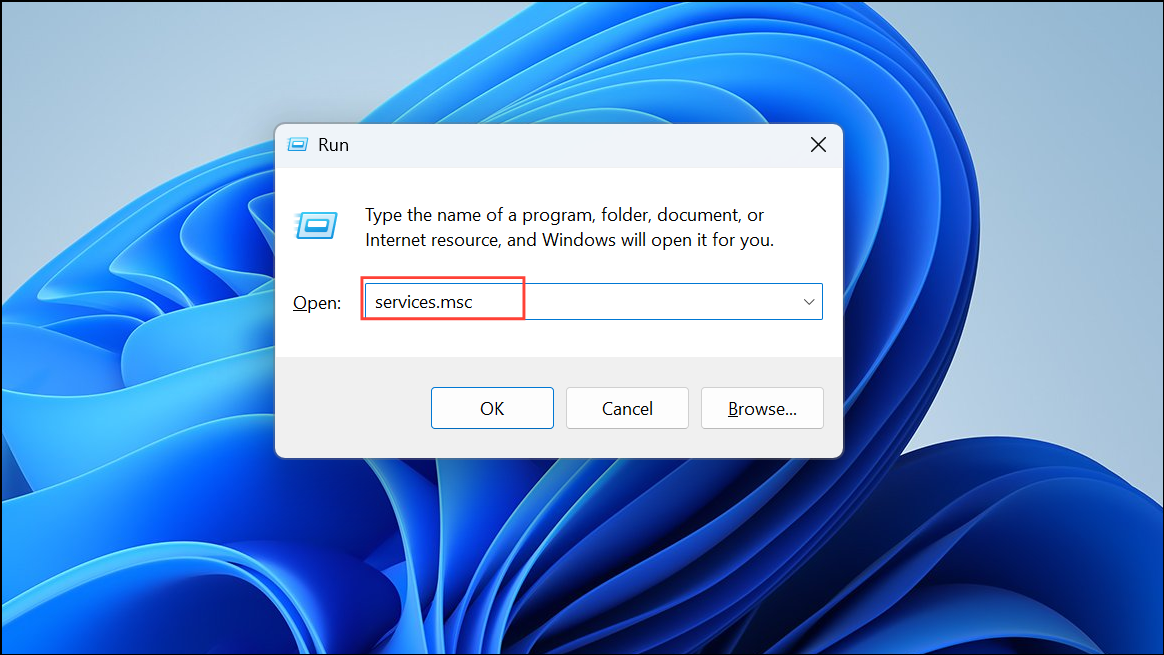
Step 2: In the Services window, find "SysMain," double-click it, set the startup type to "Disabled," and click "Stop" if it's running. Click "Apply," then "OK" to confirm.
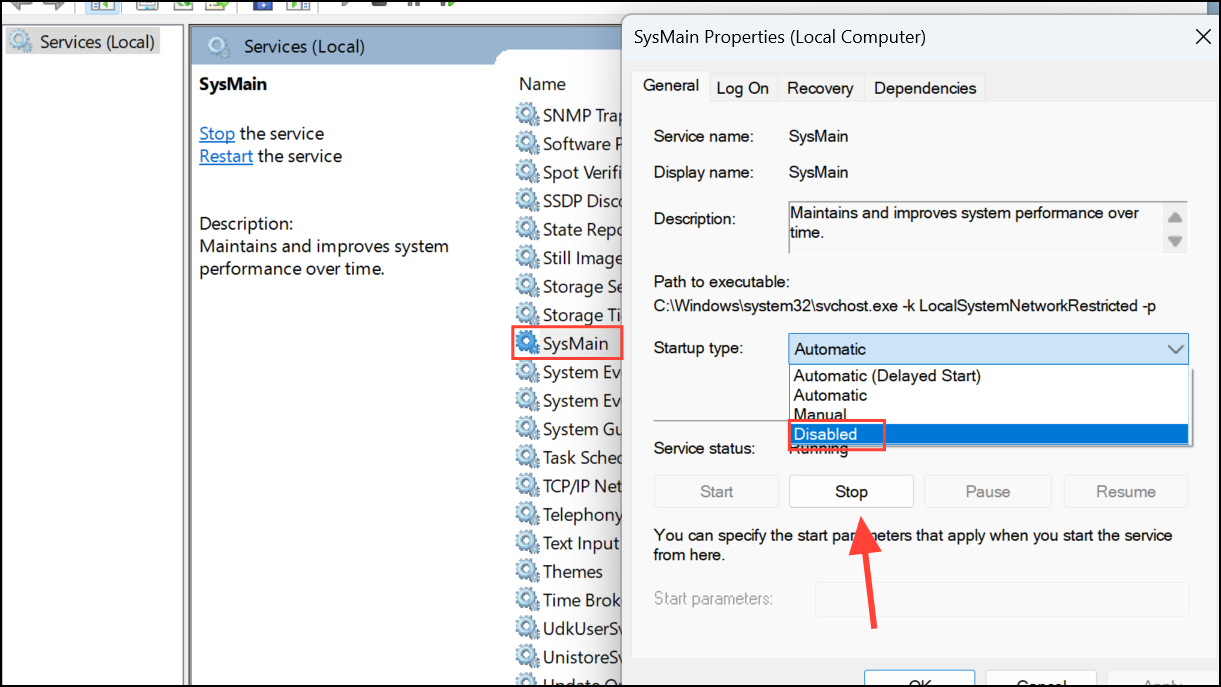
By following these practical maintenance tips, you can significantly extend your SSD's lifespan and maintain optimal performance on Windows 11. Regularly performing these checks and adjustments ensures your SSD remains reliable, fast, and efficient for years to come.


